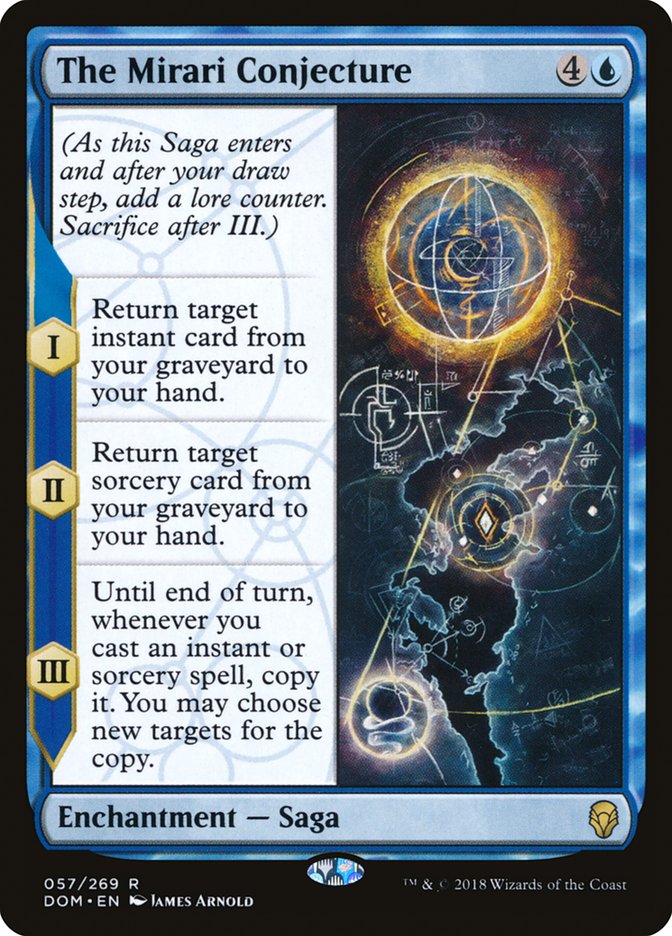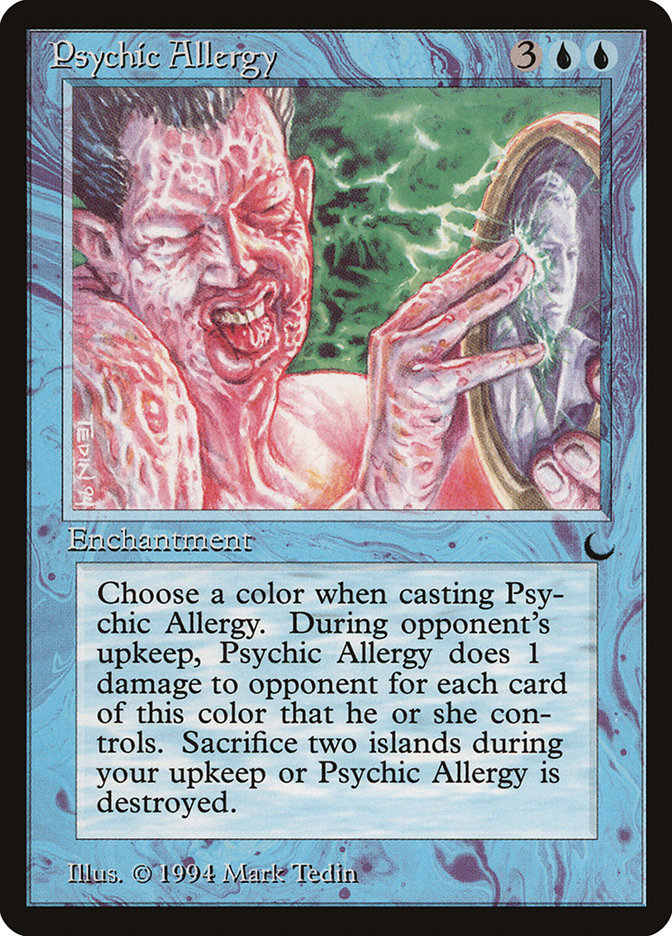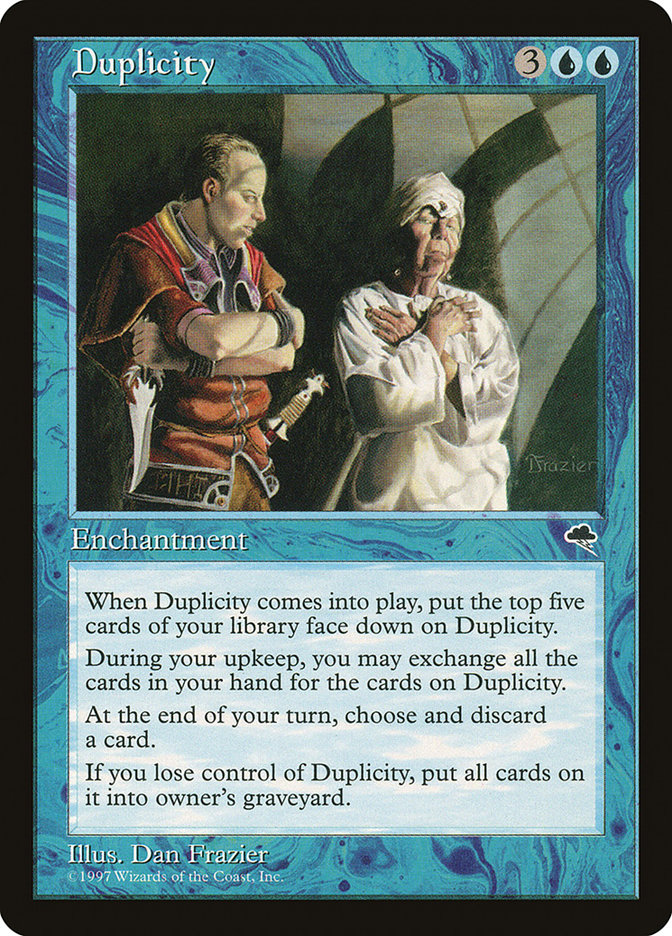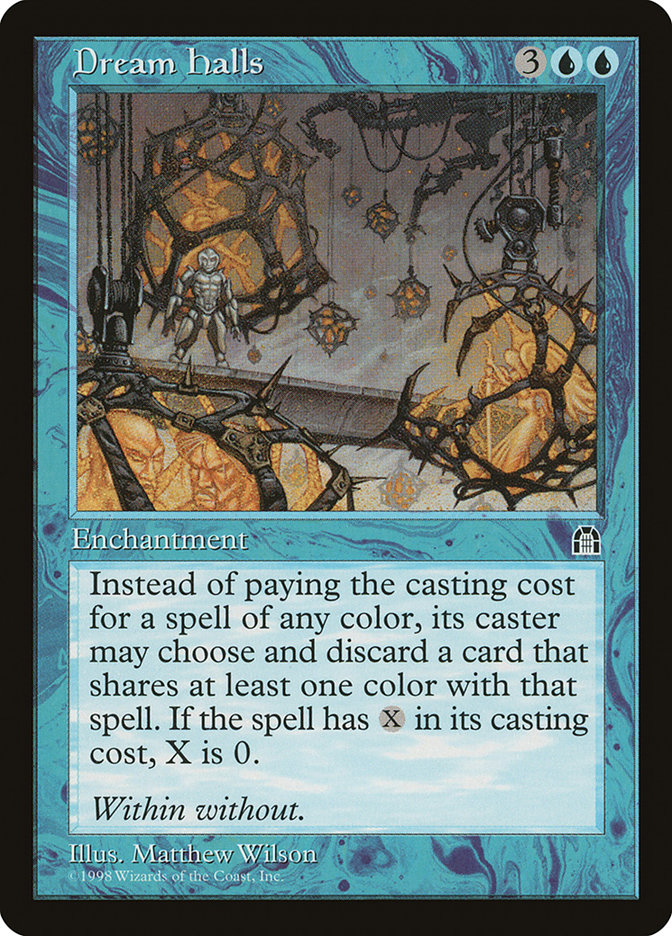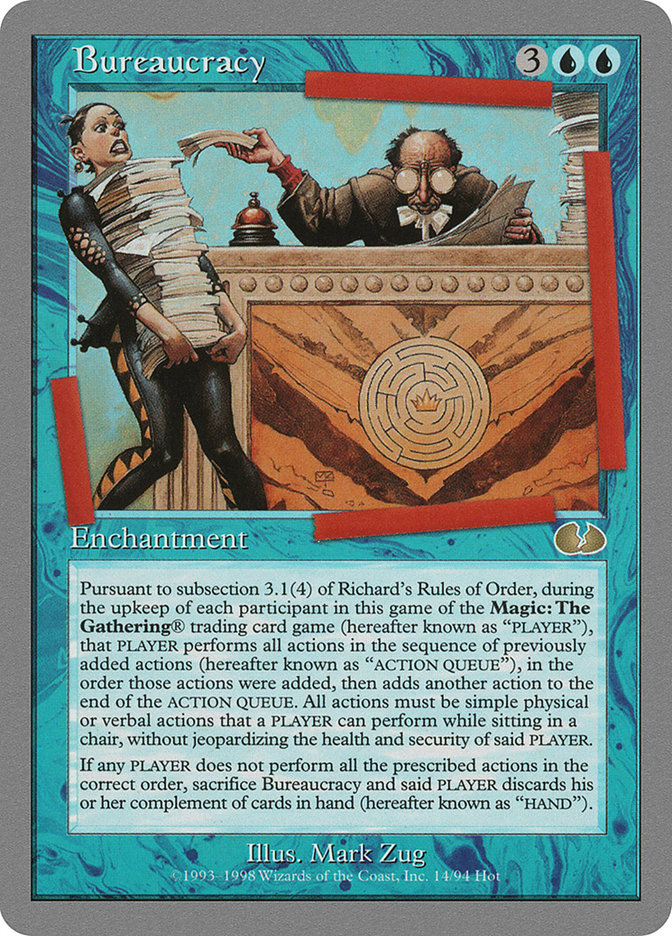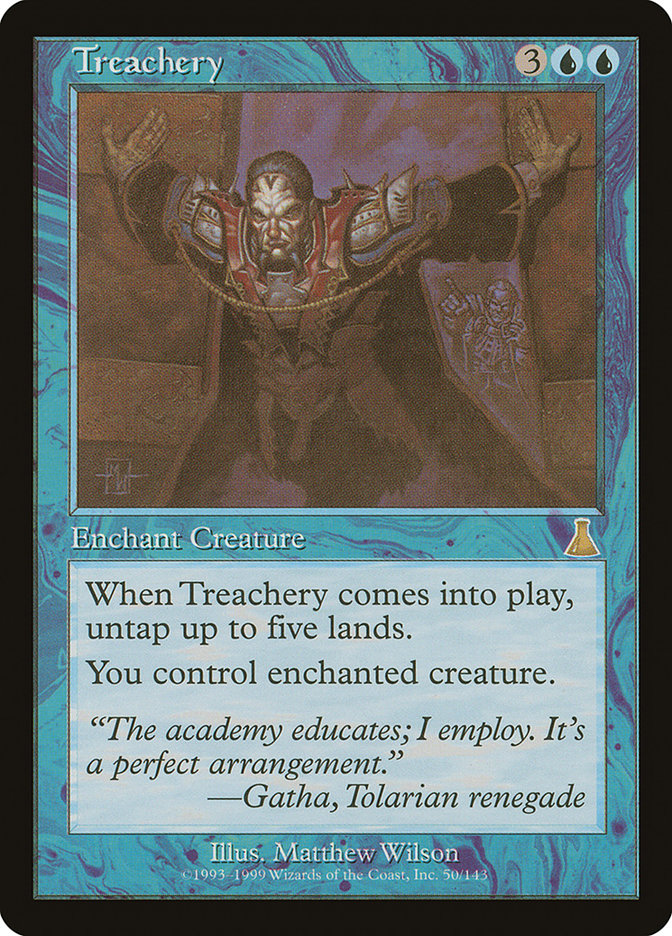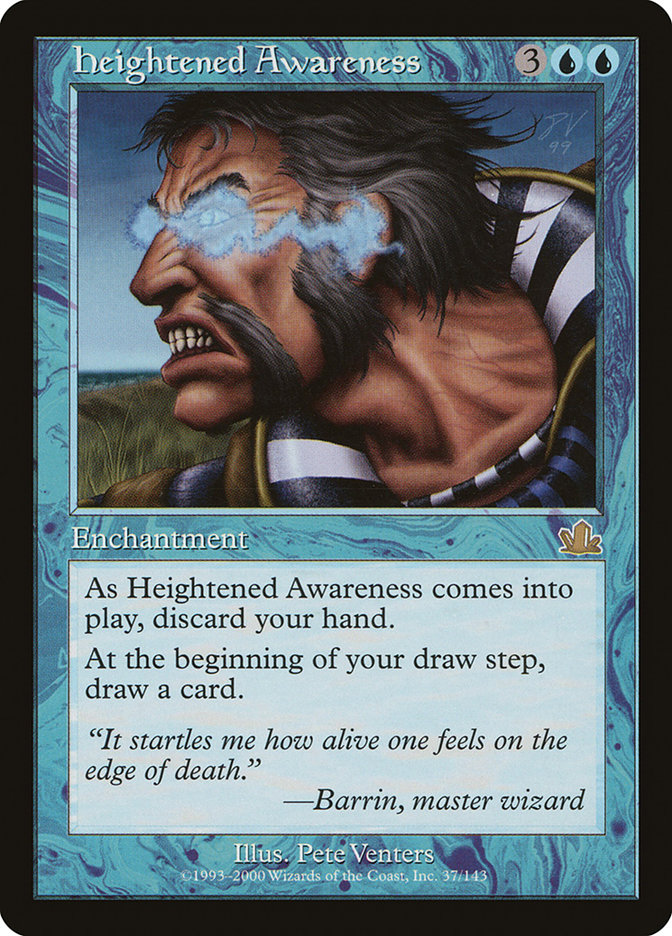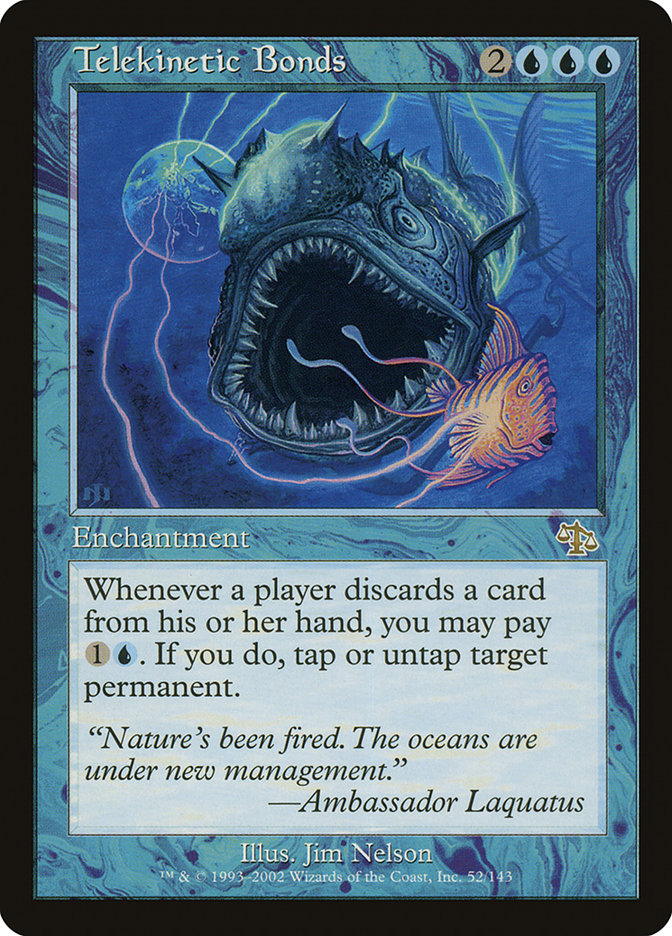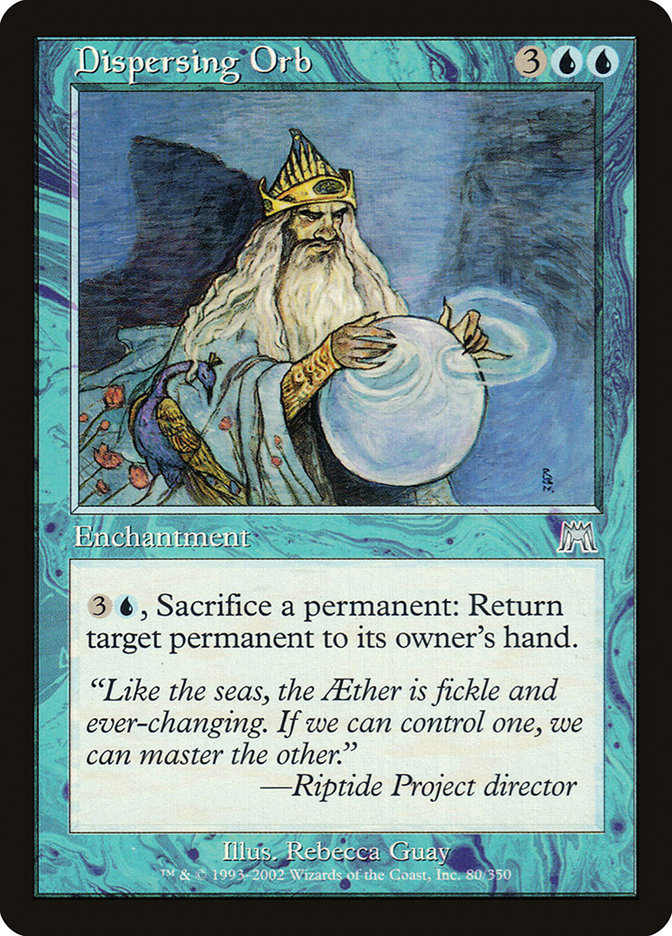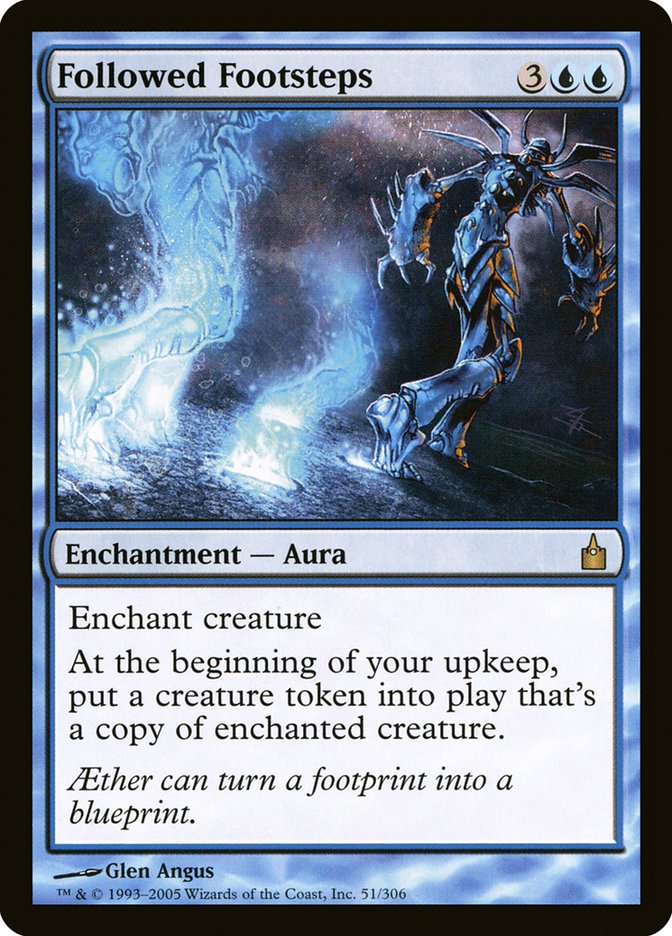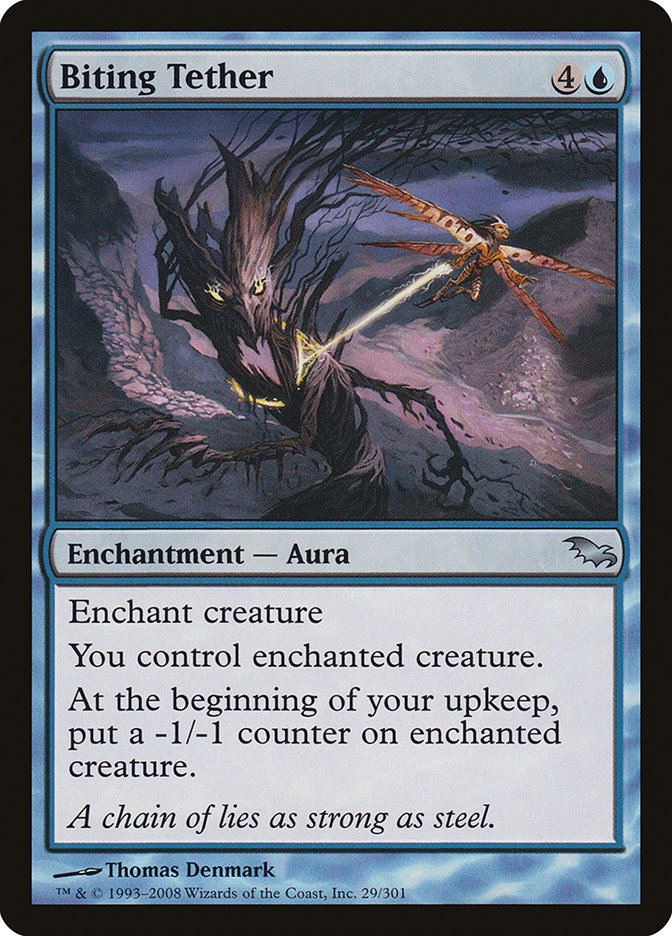The Mirari Conjecture MTG Card
| Card sets | Released in 4 setsSee all |
| Mana cost | |
| Converted mana cost | 5 |
| Rarity | Rare |
| Type | Enchantment — Saga |
Text of card
(As this Saga enters and after your draw step, add a lore counter. Sacrifice after III.) I — Return target instant card from your graveyard to your hand. II — Return target sorcery card from your graveyard to your hand. III — Until end of turn, whenever you cast an instant or sorcery spell, copy it. You may choose new targets for the copy.
Cards like The Mirari Conjecture
The Mirari Conjecture is a pivotal saga enchantment in the world of MTG, known for its ability to recur powerful instants and sorceries from a player’s graveyard. When contemplating its equivalents, one can’t help but draw comparisons to Mnemonic Wall. This creature has the capacity to bring back a single instant or sorcery when it enters the battlefield, albeit without the incremental stages of The Mirari Conjecture.
Another card that intertwines with this theme is the legendary artifact, Isochron Scepter. While it lacks the multiple phase utility, this artifact allows for the repeated casting of an imprinted instant with each activation, offering a repetitive, albeit less flexible, advantage. Codex Shredder deserves a mention too – although it’s a less direct analog, it provides graveyard retrieval that can include instants and sorceries, an essential function shared with The Mirari Conjecture.
Hand in hand with these counterparts, The Mirari Conjecture stands out for its gradual build-up and climactic third chapter, where it doubles the potency of instants and sorceries, soaring beyond the raw recursion of its peers and making it a formidable tool in spell-slinging MTG decks.
Cards similar to The Mirari Conjecture by color, type and mana cost
Card Pros
Card Advantage: The Mirari Conjecture plays a pivotal role in acquiring card advantage by returning instant and sorcery cards from your graveyard to your hand. This enables you to replay powerful spells, thus yielding a significant edge over the course of a match.
Resource Acceleration: Entering its final chapter, The Mirari Conjecture amplifies the power of your instants and sorceries, effectively providing a form of resource acceleration by doubling the impact of your spells without requiring additional mana investment.
Instant Speed: This card’s synergy with instant-speed magic cannot be overstated. It allows you to setup your graveyard for a big turn, and when you eventually double an instant on the third chapter, you can surprise your opponent with a powerful play they may not have been able to anticipate or prepare for.
Card Cons
Discard Requirement: The Mirari Conjecture asks for a significant commitment in spell management, as it requires you to play around the sorcery and instant retrieval to maximize its potential. Failing to do so means the enchantment won’t provide the value it could.
Specific Mana Cost: With a specific mana requirement of two blue and three generic mana, it demands a high investment in blue mana sources, potentially constraining deck building and making it less flexible in multicolored decks.
Comparatively High Mana Cost: The five mana cost of The Mirari Conjecture is substantial, especially when considering other card advantage engines in the game. This can make it a slower option compared to other cards that impact the board or game state immediately upon casting.
Reasons to Include The Mirari Conjecture in Your Collection
Versatility: The Mirari Conjecture stands out due to its ability to retrieve spells from your graveyard, offering a significant boost to both sorcery and instant elements in your deck. This flexibility means it has a place in various blue-based strategies requiring a blend of tactical depth and spell recurrence.
Combo Potential: With this enchantment, the third chapter elevates any spell-slinging deck by doubling the effects of instants and sorceries. This potential for explosive plays makes it a key piece in combos that aim to turn the tide in your favor during critical moments of a match.
Meta-Relevance: Given the ever-changing landscape of competitive play, a card like The Mirari Conjecture can adapt to various metas, providing recurring value and enhancing control or combo-centric decks that are looking to outmaneuver opponents with a barrage of spells over successive turns.
How to beat
The Mirari Conjecture is a compelling saga card in Magic: The Gathering that offers significant value across its three chapters. To counteract its potential, understanding the timing and types of spells it interacts with is crucial. While the first two chapters retrieve instants and sorceries from the graveyard, the third provides a powerful boost to subsequent spells.
One effective strategy is to apply instant speed graveyard disruption after the first chapter’s trigger, but before they can cast the sorcery, they aim to return. This reduces the immediate value the opponent gets from The Mirari Conjecture. Also, cards that can exile The Mirari Conjecture before the final chapter’s trigger are paramount, as they prevent the doubling of spells which can often lead to a game-winning play. Directly countering key spells that your opponent tries to double up on is another route to diluting The Mirari Conjecture’s impact. Keeping a close watch on the types of instants and sorceries in their graveyard will inform you of the right time to act.
Ultimately, The Mirari Conjecture demands a proactive and disruption-focused approach, especially toward graveyard and stack interactions, to keep its powerful effects in check.
BurnMana Recommendations
MTG enthusiasts, take note: The Mirari Conjecture is a unique enchantment that can reshape the way you play. With its capacity to retrieve and amplify your instant and sorcery spells, it offers a strategic depth to your blue-centric decks. As the MTG meta evolves, incorporating a card with such potential is an astute choice for those looking to outwit opponents through spell mastery. If you’re intrigued by the potential of The Mirari Conjecture to bring your game to new heights, we invite you to dive deeper. Enhance your strategy and spell-slinging prowess with us—your next game-changing play awaits.
Where to buy
If you're looking to purchase The Mirari Conjecture MTG card by a specific set like Dominaria and Dominaria Promos, there are several reliable options to consider. One of the primary sources is your local game store, where you can often find booster packs, individual cards, and preconstructed decks from current and some past sets. They often offer the added benefit of a community where you can trade with other players.
For a broader inventory, particularly of older sets, online marketplaces like TCGPlayer, Card Kingdom and Card Market offer extensive selections and allow you to search for cards from specific sets. Larger e-commerce platforms like eBay and Amazon also have listings from various sellers, which can be a good place to look for sealed product and rare finds.
Additionally, Magic’s official site often has a store locator and retailer lists for finding Wizards of the Coast licensed products. Remember to check for authenticity and the condition of the cards when purchasing, especially from individual sellers on larger marketplaces.
Below is a list of some store websites where you can buy the The Mirari Conjecture and other MTG cards:
 BUY NOW
BUY NOW BurnMana is an official partner of TCGPlayer
- eBay
- Card Kingdom
- Card Market
- Star City Games
- CoolStuffInc
- MTG Mint Card
- Hareruya
- Troll and Toad
- ABU Games
- Card Hoarder Magic Online
- MTGO Traders Magic Online
See MTG Products
Printings
The The Mirari Conjecture Magic the Gathering card was released in 4 different sets between 2018-04-27 and 2019-11-07. Illustrated by James Arnold.
| # | Released | Name | Code | Symbol | Number | Frame | Layout | Border | Artist |
|---|---|---|---|---|---|---|---|---|---|
| 1 | 2018-04-27 | Dominaria | DOM | 57 | 2015 | Saga | Black | James Arnold | |
| 2 | 2018-04-27 | Dominaria Promos | PDOM | 57s | 2015 | Saga | Black | James Arnold | |
| 3 | 2019-11-07 | Mystery Booster | MB1 | 431 | 2015 | Saga | Black | James Arnold | |
| 4 | The List | PLST | DOM-57 | 2015 | Saga | Black | James Arnold |
Legalities
Magic the Gathering formats where The Mirari Conjecture has restrictions
| Format | Legality |
|---|---|
| Historicbrawl | Legal |
| Historic | Legal |
| Legacy | Legal |
| Oathbreaker | Legal |
| Gladiator | Legal |
| Pioneer | Legal |
| Commander | Legal |
| Modern | Legal |
| Vintage | Legal |
| Duel | Legal |
| Explorer | Legal |
| Penny | Legal |
| Timeless | Legal |
Rules and information
The reference guide for Magic: The Gathering The Mirari Conjecture card rulings provides official rulings, any errata issued, as well as a record of all the functional modifications that have occurred.
| Date | Text |
|---|---|
| 2018-04-27 | A chapter ability doesn’t trigger if a lore counter is put on a Saga that already had a number of lore counters greater than or equal to that chapter’s number. For example, the third lore counter put on a Saga causes the III chapter ability to trigger, but I and II won’t trigger again. |
| 2018-04-27 | As a Saga enters the battlefield, its controller puts a lore counter on it. As your precombat main phase begins (immediately after your draw step), you put another lore counter on each Saga you control. Putting a lore counter on a Saga in either of these ways doesn’t use the stack. |
| 2018-04-27 | Each symbol on the left of a Saga’s text box represents a chapter ability. A chapter ability is a triggered ability that triggers when a lore counter that is put on the Saga causes the number of lore counters on the Saga to become equal to or greater than the ability’s chapter number. Chapter abilities are put onto the stack and may be responded to. |
| 2018-04-27 | If counters are removed from a Saga, the appropriate chapter abilities will trigger again when the Saga receives lore counters. Removing lore counters won’t cause a previous chapter ability to trigger. |
| 2018-04-27 | If multiple chapter abilities trigger at the same time, their controller puts them on the stack in any order. If any of them require targets, those targets are chosen as you put the abilities on the stack, before any of those abilities resolve. |
| 2018-04-27 | If the spell has damage divided as it was cast (like Fight with Fire does when kicked), the division can’t be changed (although the targets receiving that damage still can). |
| 2018-04-27 | If the spell that’s copied has an X whose value was determined as it was cast (like Jaya’s Immolating Inferno does), the copy will have the same value of X. |
| 2018-04-27 | If the spell that’s copied is modal (that is, it says “Choose one —” or the like), the copy will have the same mode. A different mode can’t be chosen. |
| 2018-04-27 | Once a chapter ability has triggered, the ability on the stack won’t be affected if the Saga gains or loses counters, or if it leaves the battlefield. |
| 2018-04-27 | Once the number of lore counters on a Saga is greater than or equal to the greatest number among its chapter abilities—in the Dominaria set, this is always three—the Saga’s controller sacrifices it as soon as its chapter ability has left the stack, most likely by resolving or being countered. This state-based action doesn’t use the stack. |
| 2018-04-27 | The Mirari Conjecture’s final chapter ability copies any instant or sorcery spell you cast, not just those with targets. |
| 2018-04-27 | The controller of a copy can’t choose to pay any alternative or additional costs for the copy. However, effects based on any alternative or additional costs that were paid for the original spell are copied as though those same costs were paid for the copy. |
| 2018-04-27 | The copy is created on the stack, so it’s not “cast.” Abilities that trigger when a player casts a spell won’t trigger. |
| 2018-04-27 | The copy will have the same targets as the spell it’s copying unless you choose new ones. You may change any number of the targets, including all of them or none of them. If, for one of the targets, you can’t choose a new legal target, then it remains unchanged (even if the current target is illegal). |
